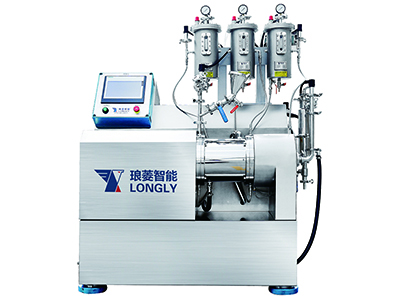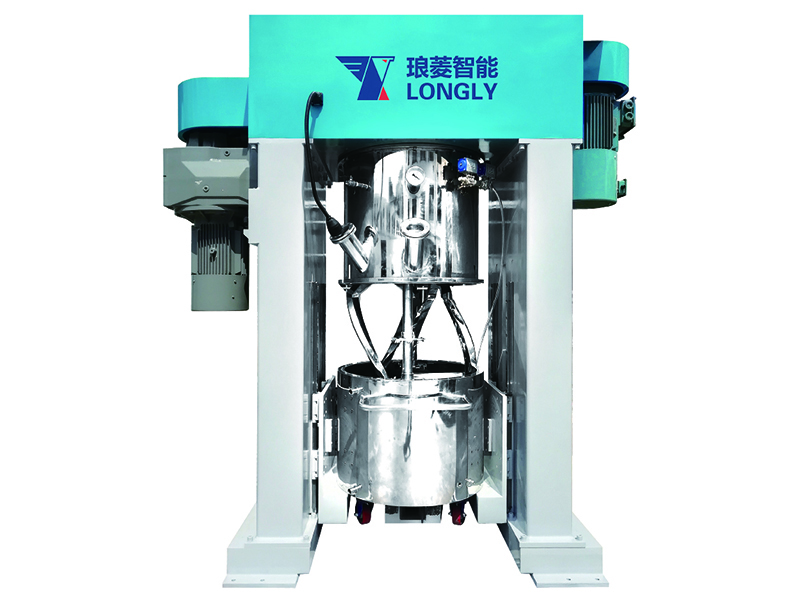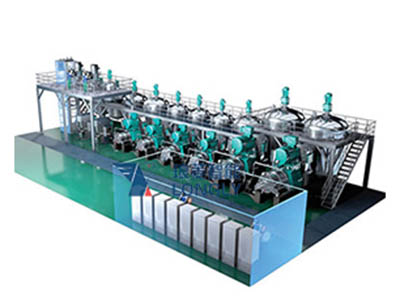- Grinding & Dispersing Systems,
Designed for Your Profits
- Home
- Industries
- Pigments / Dyes
Pigments / Dyes

Everyday we open up eyes to see colorful objects around us. The elements and substances that make everything colorful are, on the one hand, divided into inorganic and organic colorants according to the chemical structure. On the other hand, the designation pigment or dye is geared toward how the colorant behaves in a particular medium. Therefore, the distinction between pigment and dye is not rigid and a single substance can be both a pigment and a dye at the same time.
Pigments are made up of particulate matter that is insoluble in its vehicle and therefore must be finely dispersed in a binding agent. Due to their optical properties they are used as chromophoric substances, for example in paints, printing inks or inkjet inks or, thanks to special technical and chemical properties, as anticorrosive agents for example.
Dyes are also inorganic or organic colorants which, in contrast to pigments, are completely soluble in their vehicle (water or organic solvents). They are used, for example, to color textiles (textile dyes), plastics and plastic fibers and as chromophoric substances in food technology, e.g. beta-carotene in soft drinks.







